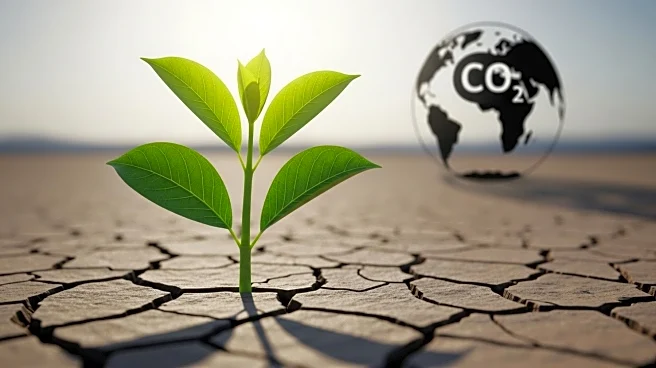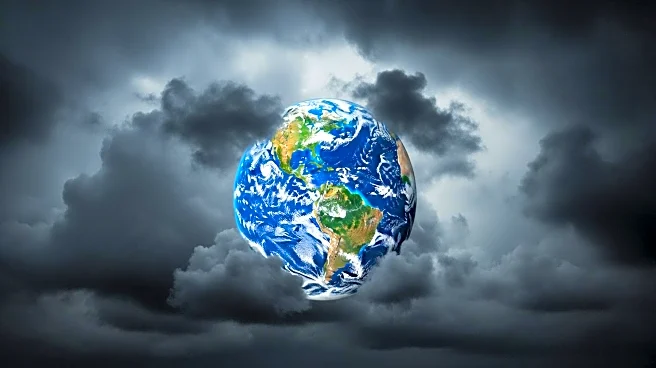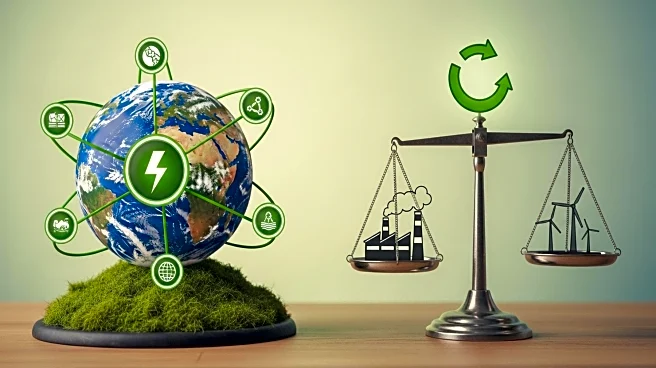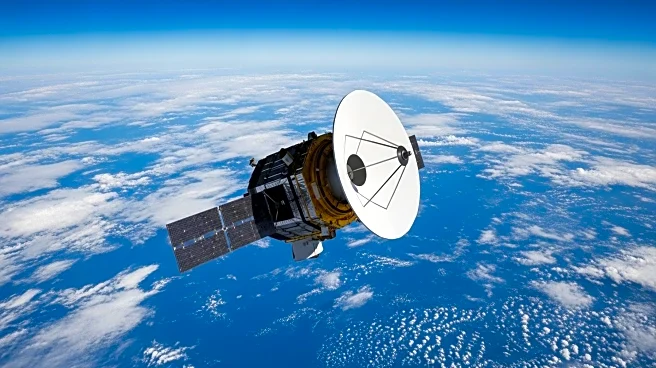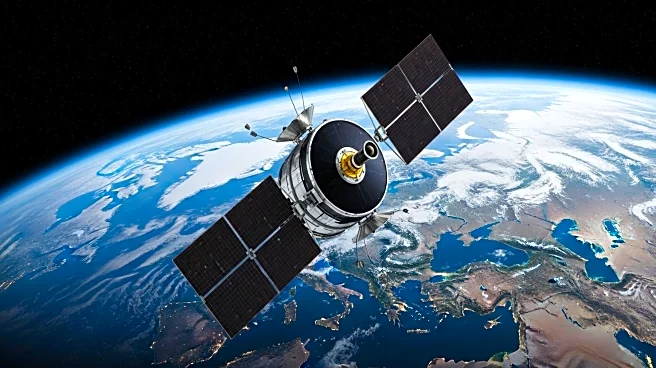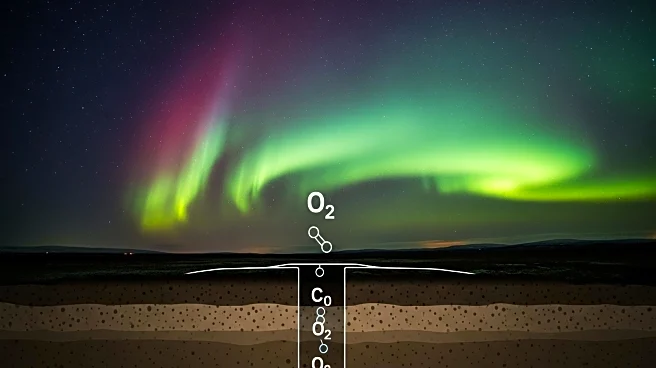What is the story about?
What's Happening?
Peter Brannen's new book, 'The Story of CO2 Is the Story of Everything: A Planetary Experiment,' delves into the dual role of carbon dioxide (CO2) as both a life-sustaining molecule and a driver of global warming. The book explores the historical and scientific significance of CO2, highlighting its essential role in life on Earth while also addressing the current challenges posed by its increasing levels due to human activities. Brannen, a science journalist, uses his narrative to engage readers with the complex history of CO2, from its role in past mass extinctions to its current impact on climate change. The book serves as a call to action, urging policymakers and the public to reduce reliance on fossil fuels and address the environmental crisis.
Why It's Important?
The book's release comes at a critical time as global warming continues to be a pressing issue for policymakers and environmentalists. By framing CO2 as a central character in Earth's history, Brannen aims to raise awareness about the urgent need for climate action. The book argues against complacency and the reliance on carbon capture and storage as a sole solution, emphasizing the necessity for systemic changes in energy consumption and production. This narrative could influence public opinion and policy decisions, potentially accelerating efforts to transition to sustainable energy sources and mitigate the effects of climate change.
What's Next?
The book is likely to spark discussions among environmentalists, policymakers, and the general public about the most effective strategies to combat climate change. It may also inspire further research and publications on the role of CO2 in Earth's history and its implications for the future. As the conversation around climate action intensifies, stakeholders may need to consider Brannen's arguments in their decision-making processes, potentially leading to more aggressive policies aimed at reducing carbon emissions.
Beyond the Headlines
Brannen's book not only addresses the scientific aspects of CO2 but also touches on the ethical and societal responsibilities of current generations to address climate change. By drawing parallels between past mass extinctions and today's environmental challenges, the book highlights the potential long-term consequences of inaction. This perspective encourages readers to consider the broader implications of their environmental impact and the legacy they leave for future generations.
AI Generated Content
Do you find this article useful?
